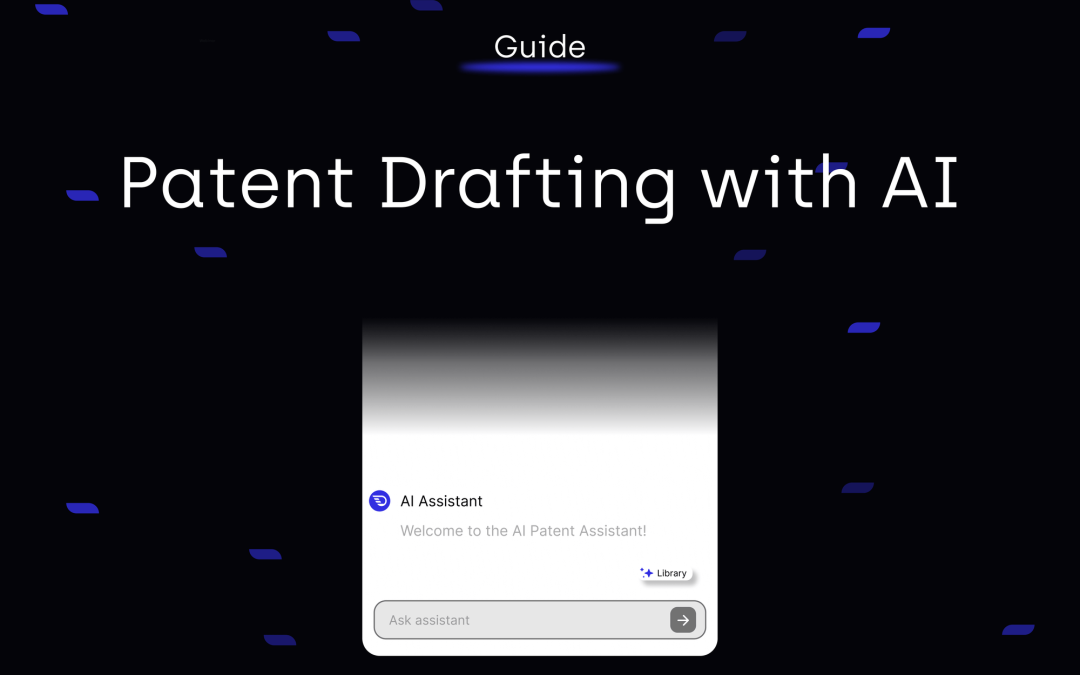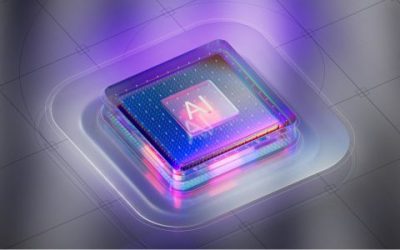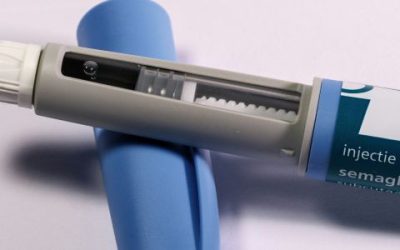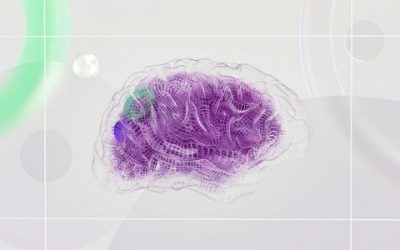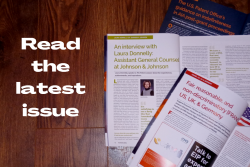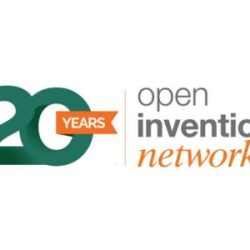Patent drafting has always been a high-stakes task. It requires technical depth, legal precision, and strict adherence to formatting and procedural rules. Historically, it’s also been time-intensive, involving hours of manual drafting, revision, and cross-checking.
In 2025, artificial intelligence (AI) is changing the game. Tools powered by generative models can now support the entire drafting process—from the first interview with inventors to the final set of claims—without compromising on quality or compliance. However, effective use of AI in patent drafting requires more than just prompting a chatbot. It demands structure, strategy, and the right workflow.
This article explores how patent attorneys can harness AI to draft stronger applications faster.
Step 1: Start with a strong invention disclosure
The foundation of every solid patent application is a clear and complete understanding of the invention. Whether through a formal invention disclosure form or detailed inventor interviews, attorneys need to collect not just technical descriptions but also insights into novelty, prior art, and use cases.
In 2025, AI tools can take structured or unstructured input, like meeting notes, bullet points, or design diagrams, and generate a first draft of the application. However, the quality of the output depends heavily on the quality of the input. Attorneys should still guide the invention disclosure process carefully, asking questions that draw out the problem being solved and how the invention differs from prior solutions.
Step 2: Choose a drafting path—claims first or drawings first?
There’s no universal “right” way to start drafting a patent. Many attorneys choose between two main strategies:
- Claims-first: Starting with the claims requires a clear understanding of the inventive concept, but it can anchor the rest of the application in a tightly scoped legal definition. This approach often results in more focused and efficient specifications.
- Drawings-first: Beginning with annotated diagrams, flowcharts, or figures helps visualize the invention. This is particularly helpful when the invention is complex or when the client has not articulated the full scope. AI tools can use labeled diagrams to generate supporting text that describes structural or functional elements in detail.
Advanced patent drafting platforms can support both approaches. For example, some AI tools like DeepIP allow attorneys to upload figures and receive draft descriptions or to input provisional claims and generate dependent claim sets and detailed embodiments.
Step 3: Let AI assist—but stay in control
Modern AI platforms are capable of generating properly structured patent application components, including:
- Abstracts
- Background and field-of-invention sections
- Detailed descriptions
- Claims (independent and dependent)
- Figure descriptions.
That said, these tools are most effective when used interactively. Attorneys are not simply recipients of a draft—they are editors, strategists, and legal advisors. Effective use of AI involves iterating, refining, and guiding the model with prompts that align with client objectives and jurisdictional requirements.
Some tools, like DeepIP, offer pre-built prompt libraries to help attorneys focus on specific drafting goals, such as highlighting novelty, expanding on technical effects, or responding to known prior art. Others offer the ability to generate variations of claims to test different scopes or levels of abstraction.
Step 4: Manage confidentiality and security
Confidentiality is paramount when drafting a patent application. Any public disclosure before filing can jeopardize the ability to obtain protection. For this reason, generic AI tools—particularly those without legal-grade data protection—are not suitable for patent work.
Attorneys should only use AI platforms that meet high-security standards, such as ISO 27001 or SOC 2 compliance, and that offer enterprise-level confidentiality controls. Using tools that are specifically built for legal or IP use is critical to avoid data leakage and maintain client trust.
Step 5: Satisfy legal requirements—enablement, novelty, and clarity
Even with AI assistance, attorneys remain responsible for ensuring that the application meets all legal thresholds, including:
- Enablement: The application must teach someone skilled in the art how to make and use the invention without undue experimentation. AI can help generate detailed descriptions of multiple embodiments, but the attorney must ensure technical accuracy.
- Clarity and grammar: Patent claims must be written as a single sentence, with correct use of antecedents and transitions. AI can help generate clean grammatical structures, but attorneys must review them carefully.
- Novelty and nonobviousness: AI can help frame the invention in light of known prior art, but only attorneys can judge how to position claims strategically. Some tools allow the integration of prior art references or offer background drafting that distinguishes the invention from known solutions.
Step 6: Use AI to iterate and optimize
Patent drafting is rarely a one-pass process. AI shines in its ability to quickly generate alternatives, suggest rewordings, or expand on technical explanations. Attorneys can use this to:
- Test different claim scopes
- Expand on an embodiment
- Rephrase background sections for clarity
- Translate diagrams into text and vice versa.
This iterative approach not only improves quality but also saves time—many attorneys report time savings of 20–50% per application when using AI drafting tools effectively.
Final thoughts
AI is no longer an experimental add-on to patent practice—it’s becoming an essential infrastructure. In 2025, the most effective patent attorneys aren’t the ones who outsource their thinking to machines, but those who know how to collaborate with AI to produce faster, clearer, and more defensible patent applications.
Whether starting from claims or drawings, the key is to use AI as a creative partner, not a replacement. With the right input, structure, and oversight, AI can help turn a messy first disclosure into a polished application ready for filing.
Interested in leveraging AI in your patent drafting workflow? Read this full guide.

Written by François-Xavier Leduc
CEO and Co-Founder, DeepIP
You may also like…
Enhanced by AI, comprehensive IP management systems are the superior choice
Currently, many organizations are attempting to address their diverse intellectual property (IP) needs by implementing...
The semaglutide saga continues: navigating generic entry and reinforcing patent strategies in Canada
In our July 2025 analysis, “The Semaglutide Story: Highlighting the Need to Maintain Patent Protection in Canada,” we...
Smart AI automation in IP management
Just like websites, smartphones, and open-source software dramatically changed our modern era, artificial intelligence...


